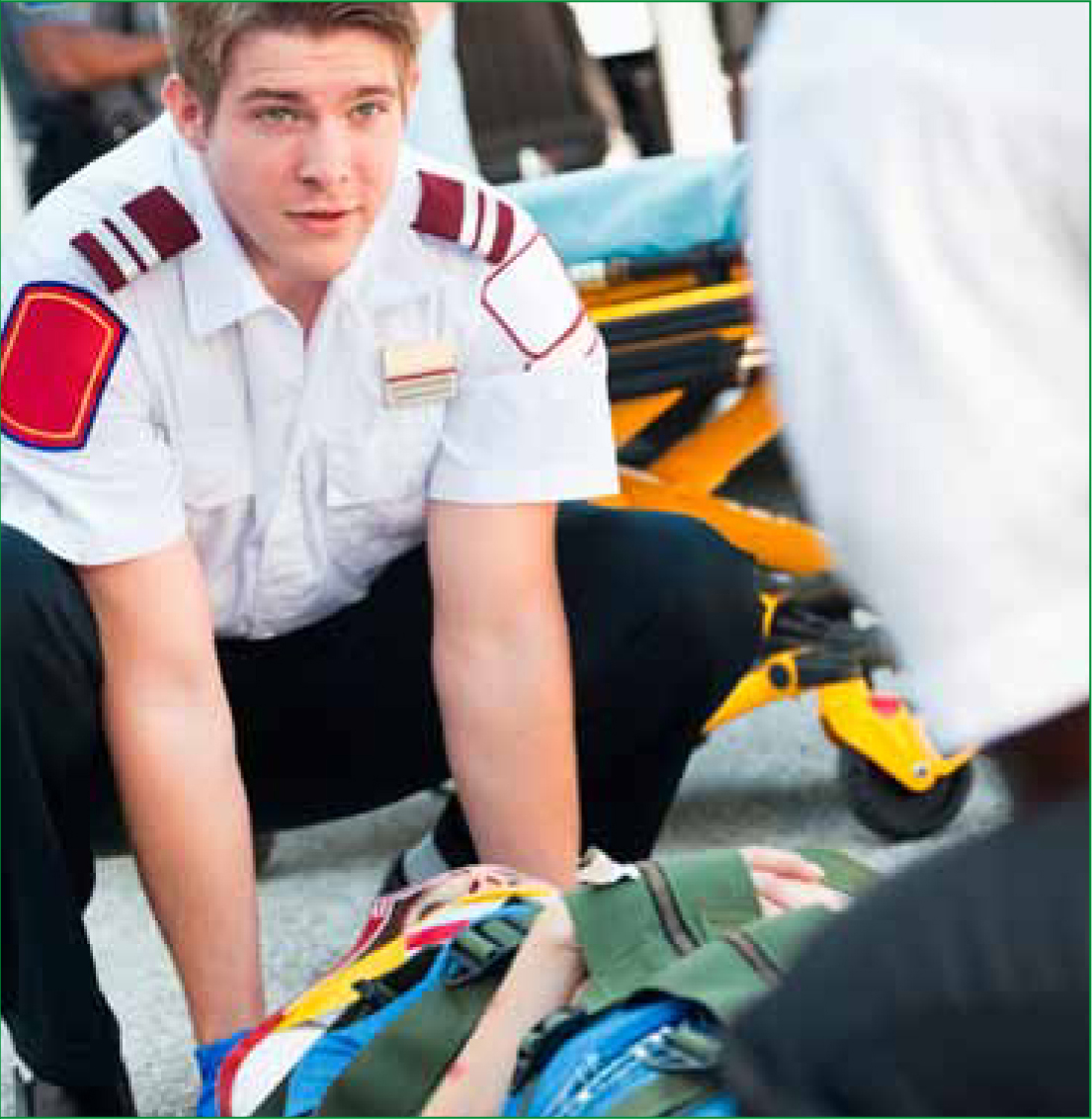The Glasgow coma scale (GCS) is the tool most commonly used by paramedics to assess and compare levels of consciousness; the results of this assessment often determine initial and ongoing treatment. Limitations surrounding the use of the GCS in difficult clinical environments and in patients with certain preexisting comorbidities has increased interest in potential alternatives. Despite widespread use of the GCS both in the hospital setting and in out-of-hospital environments, there is limited evidence examining paramedic accuracy when using this assessment tool.

This double-blind, observational, pilot study undertaken in Australia involved 137 (39 % response rate) student paramedics. Students were enrolled on either a Bachelor of Emergency Health (paramedic) (BEH) or Bachelor of Nursing/ Bachelor of Emergency Health (paramedic) (BN/ BEH) degree programme.
A majority of students (n=92) were in either the first or second year of study and 87 were female.
Participants were asked to watch four different simulated scenarios. Each simulation showed a paramedic interviewing an adult patient after which the participant was asked to interpret the conscious state of that patient using the GCS.
Results indicate that participants were unable to accurately interpret a simulated patient’s conscious level when their GCS was 12 or 7; greatest accuracy was found in simulated patients with GCS levels of ≥ 14.
In patient one (GCS=14; eye four; verbal four; motor six) there was an 85.4 % overall accuracy level, and in patient four (GCS=15), participants achieved a 90.5 % general accuracy level. In contrast, in patient three (GCS=7; eye two; verbal two; motor three), participants scored a 35.8 % overall accuracy level and in patient two (GCS=12; eye three; verbal four; motor 5) they only managed an 18.2 % overall accuracy level.
Authors conclude that these student paramedics were unable to accurately interpret the conscious state of the two simulated patients exhibiting lower levels of consciousness, leading academic staff to question current teaching, learning strategies and approaches of consciousness assessment in current paramedic curricula in their university. There was no single component of the GCS that consistently produced the lowest accuracy level and further evaluation of the students’ approach to consciousness assessment needs to be undertaken to establish exact causes of the misinterpretation so that educators can tailor effective learning activities targeted on the improvement of students’ accuracy in this area of clinical assessment.
Limitations to the study included the small sample size, participants’ relative lack of experience in using GCS in clinical practice, the questionable validity of a DVD scenario as an assessment medium as opposed to real interaction with a patient and the use of only one university programme which limits the generalisability of the results.
While this was only a pilot study the results emphasise a need for additional research, perhaps including a comparison of pre- and post-qualified paramedics’ accuracy when using this clinical tool.
